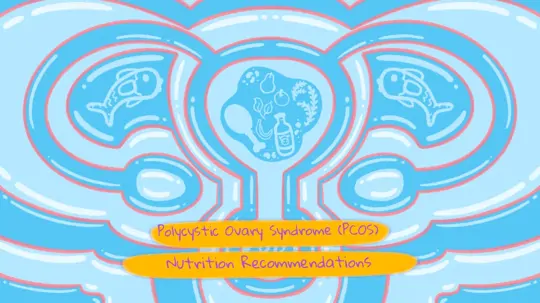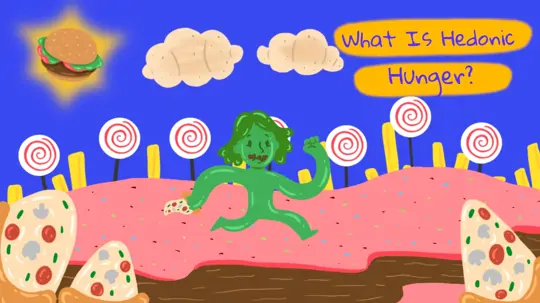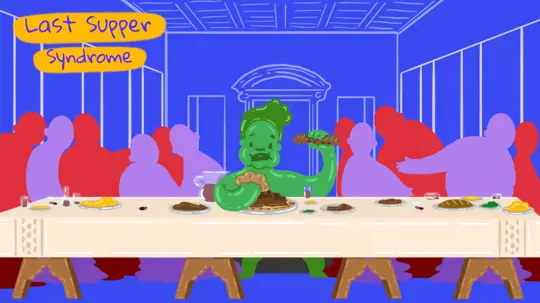
Start feeling better today!
Connect with your therapist today and take control of your life like our 850.000 happy clients.
Get StartedCommon Mental Disorders in Adults
Have you ever burst into laughter with happiness? Or have you ever been terribly afraid of something that isn't real that wouldn't normally worry you? Have you ever felt down for no reason? Were there times when you got tired of everything and wanted to harm yourself or people around you, or even thought about dying? With these questions, we can start to talk about some of the most common mental disorders nowadays.
Mental disorders are analyzed in two parts: psycho-pathological functioning and abnormal functioning. Psycho-pathological functioning is defined by emotional disruptions that cause sadness or prevent the person from doing what they want to do in life. The field that studies the nature of moods and behaviors is defined as abnormal psychology.
Mental health is very important. Health means a state of complete well-being in all respects. Therefore, it is necessary to emphasize mental health as well as physical health. The main causes of these mental disorders, which are frequently encountered today, are communication problems that people experience with each other. Some of the things that cause these disorders are being lonely, lacking self-confidence, not having enough love, being lied to, stress, and environmental factors1.
Common Mental Disorders in Adults
- Mood Disorders and Depression
- Anxiety Disorders
- Eating Disorders
- Panic Disorder
- Obsessive Compulsive Disorder (OCD)
- Phobias
- Post Traumatic Stress Disorder (PTSD)
- Personality Disorders
- Schizophrenia and Other Psychotic Disorders
- Substance Abuse Disorders
- Somatoform and Dissociative Disorders
Depression
One of the most common mood disorders is major depressive disorder. Because depression might be confused with sadness, people ask, "Am I depressed?" Depression, or major depressive disorder, is known as a mood disorder in which pessimistic attitudes are expressed, leading to hopelessness, reluctance, and not being able to enjoy life. This situation blocks out the happiness people have and may cause reluctance and failure in their work.
Depression Symptoms
For more detailed information on depressive mood and symptoms of depression, you can read our article on depression symptoms and the treatment process, which we cover in detail.- Intense aversion to activities
- Feeling restless and angry
- Negative thoughts
- Problems with concentration
Anxiety
Generalized anxiety is a state of intense and constant worry. People with anxiety always worry that the worst will happen. Their tolerance for uncertainty is very low. Due to their lack of confidence, they are shy when communicating. Anxiety disorders are an umbrella term that includes many psychiatric disorders. At the heart of all anxiety disorders is anxiety. However, in anxiety disorders, the emergence and process of anxiety are very different. You can check out detailed information about the types, causes, and symptoms of anxiety in our blog post.
The most common symptoms of anxiety are as follows:
Anxiety Symptoms
- Concerns that pervade everyday life
- The desire to avoid unpleasant situations
- Feeling nervous and tense
- Shaky hands, sweating, rapid heartbeat
Eating Disorders
Eating disorders are disorders that result from the emotional state of individuals and are characterized by overeating or undereating. Body perception in society is among the main reasons that lead people to develop eating disorders. This common disorder includes anorexia nervosa, bulimia nervosa, and binge eating disorder, which has been described in recent years. These diseases are of psychological origin, and somatic symptoms are in the foreground2.

Eating Disorder Symptoms
- Obsession with weight
- Sadness or anxiety after eating
- Meticulously calculating the calories of the foods to be eaten
- Exercising too much
- Frequently checking weight and measuring the body
- Excessive emphasis on physical appearance
- Changes in weight
- Depression and a reduction in perception of events
Anorexia Nervosa Disorder
Being afraid of gaining weight and wanting a thin body are in the foreground. The person reduces food intake in order to lose weight. As a result, the person becomes underweight, which poses a threat to their health.
Bulimia Nervosa Disorder
It is a disorder characterized by binge eating followed by great regret. A large amount of food can be consumed with binge eating. Self-induced vomiting, the use of certain drugs, or excessive exercise can be observed. The goal of these behaviors is to compensate for the binge eating episode.
Big Eating Disorder
Individuals with this disorder lose control while eating. These people differ from people with bulimia nervosa in that they do not do anything to compensate for it. After overeating, people may feel regret and guilt. However, these emotions cause them to cycle through eating3.
Bipolar Disorder
Bipolar disorder, also known as manic-depressive disorder, is characterized by sudden fluctuations in a person's emotions. There are very sharp and sudden changes in mood.
Symptoms of Bipolar Disorder
- Hopelessness and pessimism
- Sudden mood changes
- Difficulty making decisions
Obsessive-Compulsive Disorder
It is defined as an anxiety disorder that deals with obsessive thoughts of people and compulsive behaviors that arise as a result of these thoughts. An individual with obsessive-compulsive disorder tends to protect themselves and their loved ones against possible bad events. This applies mostly to obsessions.4
Compulsions, on the other hand, are defined as repetitive behaviors that people think they have to do. It is thought that these repetitive behaviors are exhibited to reduce anxiety about obsessions.
Obsession Symptoms
- Fear of making mistakes
- Fear of contamination or dirt
- Fear of losing control
- Having aggressive and fearful thoughts about harming oneself or others
- Suspicions about situations and people
Compulsion Symptoms
- Excessive washing and cleaning
- Trying to exert control over everything
- Putting too much emphasis on order
How to Treat Mental Disorders
There are different therapy methods in the treatment of mental disorders. These are referred to as therapeutic ingredients. Therapeutic ingredients have four important purposes.
- First, it must be decided what the problems are. Then, they should be diagnosed and classified.
- There should be an investigation into how the possible causes of the disorder and the symptoms work.
- A decision should be made as to whether to administer treatment.
- It should be noted that the type of treatment to be administered is the type that will minimize the disorder1.

Therapeutic Methods in Psychology
Psychodynamic Therapies
- Freud's Psychoanalysis
- Other Psychodynamic Therapies
Humanistic Therapies
- Person Centered Therapy
- Gestalt Therapy
Group Therapies
- Couple and Family Therapy
- Community Support Groups
Behavioral Therapies
- Counterconditioning
- Performative Method
- Social Learning Therapy
- Generalization Techniques
Biomedical Therapies
- Drug Therapy
- Psychosurgery
- Electroconvulsive Therapy (ECT)
- Repetitive Transcranial Magnetic Stimulation (rTMS)
Cognitive Therapies
- Changing False Beliefs
- Cognitive Behavioral Therapy





